Are you looking for a new way to bond with your furry friend and add an extra sparkle of joy to your day? Teaching your dog to smile might just be the ticket.
Many pet owners dream of their dogs flashing a charming grin on cue, imagining the compliments and laughter it would bring at family gatherings or park outings.
But beyond the endearing aesthetics, training your puppy this trick can enhance communication and strengthen your relationship.
Believe it or not, with some patience and plenty of treats, many dogs can learn to “smile” on command. This isn’t just about creating a cute photo-op; it’s about spending quality time with your dog and engaging in positive reinforcement that boosts their confidence.
Our step-by-step guide will walk you through simple techniques that make learning this trick fun for both you and your pup. Discover how praise, gentle prompts, and rewards can lead to those coveted pearly whites shining back at you.
Understanding Dog Smiles
Many people believe dogs smile just like us. Their mouths open wide, and their tongue sometimes lolls out when they seem happy or relaxed.
This kind of dog smile often says your pet feels safe or content around you. Watch for a wagging tail and bright eyes to go with the grin; these are signs of a joyful pup.
Knowing what makes your dog show his teeth is helpful too. Dogs might pull back their lips in situations that excite them, such as seeing you grab the leash for walk time.
They could also be learning from watching you! Since dogs pay close attention to human faces, they can catch on to expressions like smiles and try copying them.
They’re quite smart that way – noticing our emotions and responding in kind!

Basic Steps to Teach Your Dog to Smile
Unlock the secrets to teaching your dog to flash a grin! These basic steps will guide you through creating that picture-perfect moment with your furry friend, paving the way for a smile that’s sure to charm.
Positive Reinforcement
Give your dog plenty of praise when he shows his teeth in a smile. Use an excited voice and maybe even clap your hands to show him he’s doing great. This makes him feel good about smiling.
Treats work wonders too! Right after your dog smiles, offer him a tasty snack or his favorite toy. He’ll start connecting the act of smiling with getting something nice.
Stick with it every time your dog gives you even a tiny grin. Quick rewards help him learn faster. Your happy voice and fun rewards tell your dog that smiling is awesome!
Keep sessions short so they’re always fun for both of you.
Soon, just saying “smile” or “say cheese” will get those pearly whites showing because he knows good things are coming!
Introducing a Command
Start by saying “smile” each time your dog naturally shows his teeth. Make sure to use a happy tone so your dog knows it’s a fun command, not a threat.
Follow up with a tasty treat or joyful praise when he lifts his lips. Keep the sessions short and sweet to hold his interest.
Teaching your dog this new trick means linking the word “smile” to the action of showing teeth. Offer rewards right after he smiles on command. This helps him understand what you want him to do.
Be consistent with the words you use so as not to confuse him; stick with “smile” every time you train your dog.
Demonstrating a Smile
Show your dog what you want by smiling big yourself. Dogs are great at reading our body language and might try to imitate you.
Gently touch their whiskers or stroke their cheeks; this is the “whisker tickle.” It can encourage them to lift their lips and show a smile.
Give the command “smile” as you tickle the whiskers, then reward your dog with treats and praise for any small sign of a grin.
Keep sessions short, fun, and full of positivity so your furry friend always has good vibes when learning to smile on command! Remember, every dog learns differently—stay patient and keep practicing.
Utilizing a Mirror
Place a mirror in front of your dog where he can see himself clearly. This might make him curious or excited, and he could start to open his mouth or pant, which looks like a smile.
Use this moment to introduce the command you’ve chosen, such as “smile,” so your dog begins to connect showing teeth with the action you want.
Dogs often mimic our actions, so stand beside them and flash your own grin. They may just catch on and reflect that happy look back at you!
Keep sessions short but fun. Make sure the mirror is stable and safe for your pet’s use during these training exercises.
Your furry friend will likely take cues from you — if they see you smiling into the mirror alongside them, they’ll associate their reflection with positive feelings too.
Offer praise and treats when they successfully mimic your smile; it’s an effective way to reinforce their learning without causing any stress or feeling anxious about doing something new.
Practicing Patience
Teaching your dog to smile takes time and patience. You need to keep calm and stay positive, even if progress is slow.
If your dog doesn’t grin right away, don’t give up. They can sense your mood, so a relaxed attitude helps them feel safe and ready to learn.
Keep training sessions short and fun. Praise little steps forward with lots of treats or a happy voice. Over days or weeks, most dogs will start to get it.
Just like any skill, smiling comes easier with practice and patience from both of you!
Avoiding Force
Make sure you never use force when teaching your dog to smile. Dogs can get scared or upset if they feel pressured, and we don’t want that. Keep sessions light and happy so your pup stays excited about learning.
If your dog seems stressed or not into it, take a break and try again later.
Use treats, praise, and love as rewards instead of pushing them into a smile. This way, they’ll connect smiling with good things rather than feeling like they have to do it.
Remember that training should always be safe and kind for both you and your furry friend.

Breeds More Likely to Smile
Certain dog breeds have faces that make them look like they are smiling all the time.
Dogs with flat faces, called brachycephalic dogs, often appear to smile because of their facial structure. French Bulldogs, for example, are known for looking happy due to their wide mouths and wrinkled skin.
Breeds such as Samoyeds and Shiba Inus show their teeth in a way that resembles a human grin. Bichon Frises radiate joy with fluffy faces and bright eyes that seem to curl into a smile.
Alaskan Malamutes possess strong expressions that can easily be shaped into smiles during training sessions. Papillons flaunt butterfly-like ears accompanying cheerful smiles when content or playing.
Breeds like Golden Retrievers are known for their easy-to-teach grins, but with patience, even more reserved breeds can pick up smiling!
Training Methods for Teaching Your Dog to Smile
Dive into the world of doggy grins with innovative training techniques that will have your pet flashing those pearly whites in no time.
The Click to Smile Method
Get your clicker ready and some tasty treats; it’s time to teach your dog the fun trick of smiling using the Click to Smile Method.
Start by loading the clicker, which means every time you click, give your pup a treat. This way, they associate the clicking sound with something positive.
Once your dog knows that a click equals a yummy reward, watch for any moment they naturally smile or show their teeth – this could be when they’re happy or excited.
When you catch that grin, immediately use your clicker and follow with praise and a treat.
Keep practicing and introduce a verbal cue like “Smile” each time you see those pearly whites. With consistency and patience, dogs learn quickly when fun is involved!
Use only positive reinforcement techniques; avoid any training methods that could scare or hurt your buddy.
Your furry friend will soon master this adorable new skill—let every smile earn them another loving click.
The Tickle Method
Teach your dog to show his teeth and light up the room with a smile using the Tickle Method. Start by choosing a happy word like “smile” or maybe “cheese.”
Say this command in a cheerful voice and gently tickle your dog’s favorite spot. This should make them grin, even if it’s just for a second.
When they do, give lots of praise and perhaps a small treat to show them they’ve done well.
Practice makes perfect, so keep at it! Use the same word each time and offer treats right after your dog smiles. They will learn that showing their teeth when you say the magic word means good things happen.
Always use positive reinforcement with this method—it keeps training fun for your furry friend!
Remember, combining the Tickle Method with other techniques can help too, like clicker training or more verbal commands.
The Showing Teeth Method
Let’s dive into the Showing Teeth Method for teaching your dog to smile. Choose a command, such as “show me your teeth” or simply “smile,” and use it every time you want your dog to grin.
Watch carefully for any sign of them showing their teeth, then immediately reward them with a treat. This positive reinforcement makes the process fun and rewarding.
Consistency is key, so keep practicing regularly. Use the same phrase each time and offer a tasty reward right when your dog does well. They will start to associate showing their teeth with getting treats and praise from you!
Over time, with patience and repetition, most dogs pick up on this trick. Just remember not to confuse smiling with aggression or snarling—and never force a smile if they’re uncomfortable.
Common Questions and Answers
Many dog owners ask how long it takes to teach a dog to smile. The answer varies with each dog’s personality and learning speed. Generally, consistent training sessions can yield results in a few weeks.
Use short sessions that end on a positive note to keep your dog eager and interested. Always use treats they love and ample praise when they get it right.
Another question is whether all dogs can learn to smile. Most dogs can learn this trick, especially if they naturally show their teeth when happy or relaxed.
Focus on making each step clear and rewarding for your pet, avoiding any coercion that could make them uncomfortable or scared.

Conclusion
Start teaching your dog to smile today. Grab those treats and say “smile” with a happy tone. Touch their whiskers gently to encourage that cute grin.
Remember, this is fun—a great way to bond with your buddy! Got questions? You’re on the right path; just keep practicing.
Now go ahead, and turn training into amazing shared moments with your furry friend!
Frequently Asked Questions
Dogs might also show a “smile” but it’s more of a submissive grin than an expression of happiness. When dogs show their teeth, it could be for different reasons, so pay close attention to your dog’s body language.
Teaching a dog to smile starts with watching for whenever they naturally pull back their lips and show their teeth in a non-aggressive way—this is your opportunity to teach your dog the behavior you want! Say the command “smile” when they do this, then give them treats as rewards.
Using positive reinforcement like praising and giving your pet some favorite small treats works great! Dogs love getting rewards which makes learning new tricks easier and fun!
Yes—never use scary things like choke chains or shock collars since these are cruel and can hurt your friend. Always choose techniques that make training safe and happy.
Nope, every pet is unique! Some catch on super fast while others take more time – patience is key here. And don’t forget—that big toothy grin needs good care too, so mix in some toothbrushing practice with those smiles!
Be creative! Different pups are motivated by various things—they may prefer toys over treats—for instance; moreover, always avoid anything toxic to dogs when picking out goodies for them!
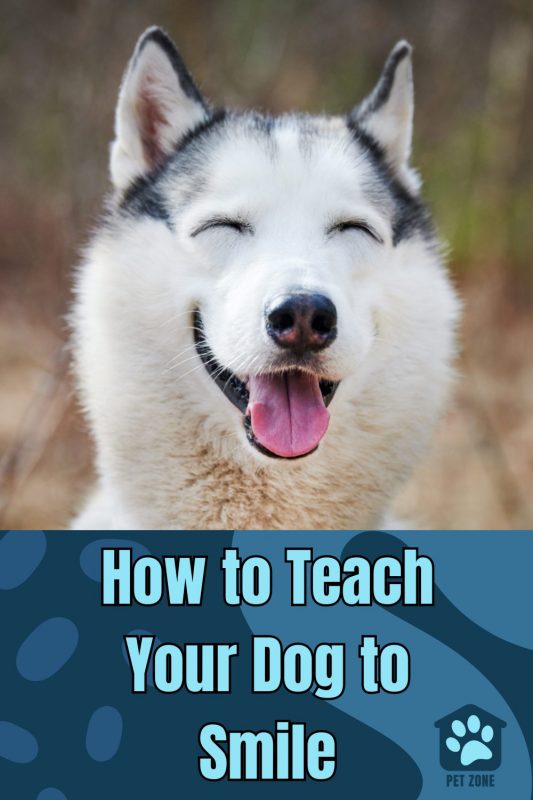


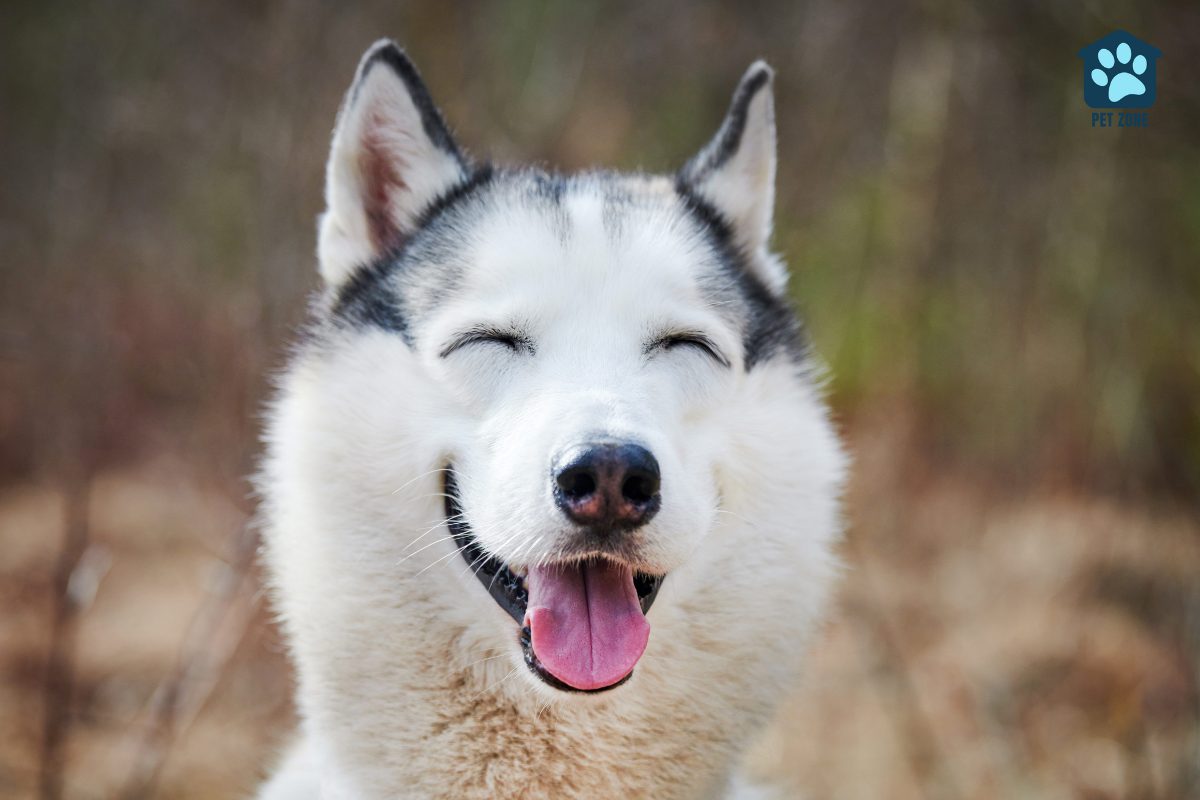


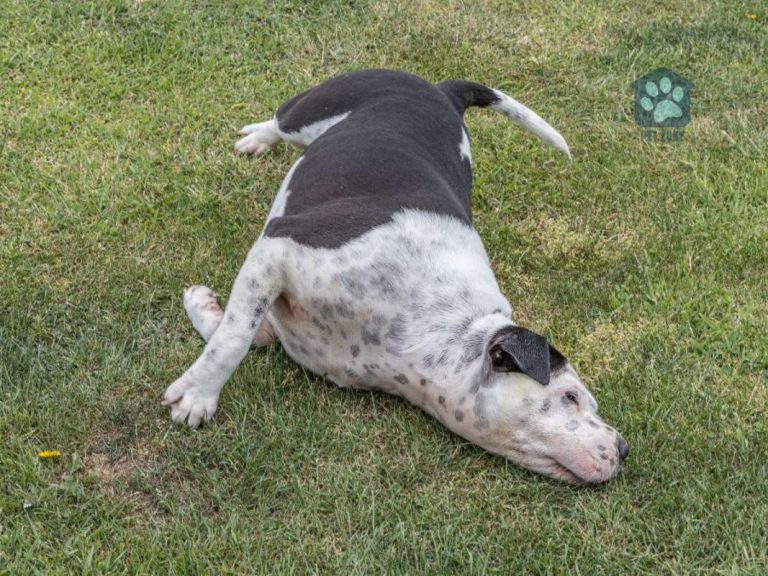
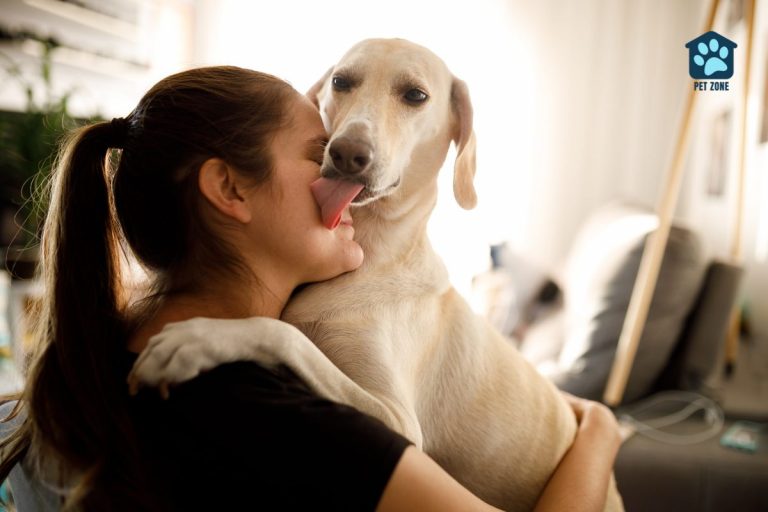
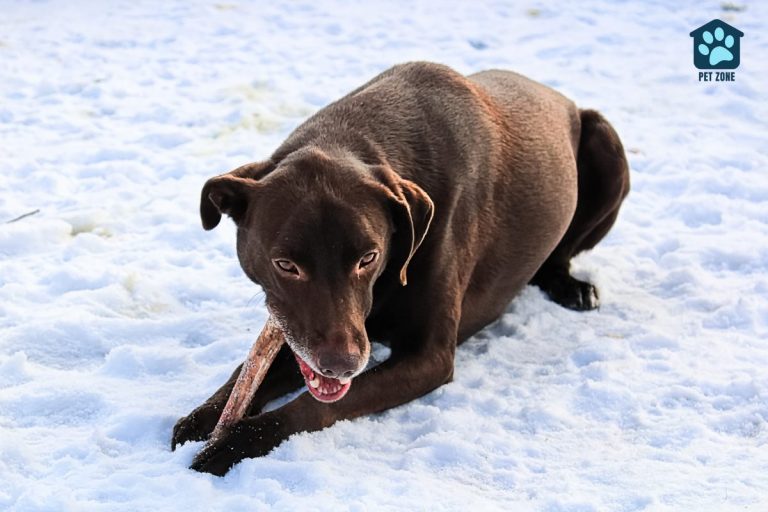
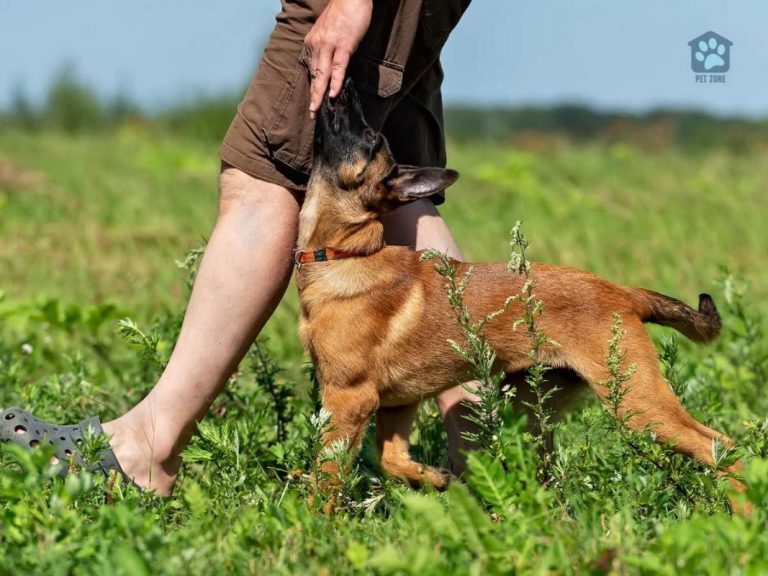
I just learned something new today!
I have a new goal in life now… I’mma teach every dog to SMILE. LOVE this!!
love this a dog can definitely smile but I think it is more of how they feel than getting them to train to smile it but a lot of your post is about compassion you are a lot like me and my friends animal lovers should be everywhere
I’d love to teach my dogs to smile. I think this is a great way to bond with your pet by spending extra time. Thanks for sharing!
I didn’t realize teaching a dog to smile was a trainable thing. I’ll start practicing with my pup later today!